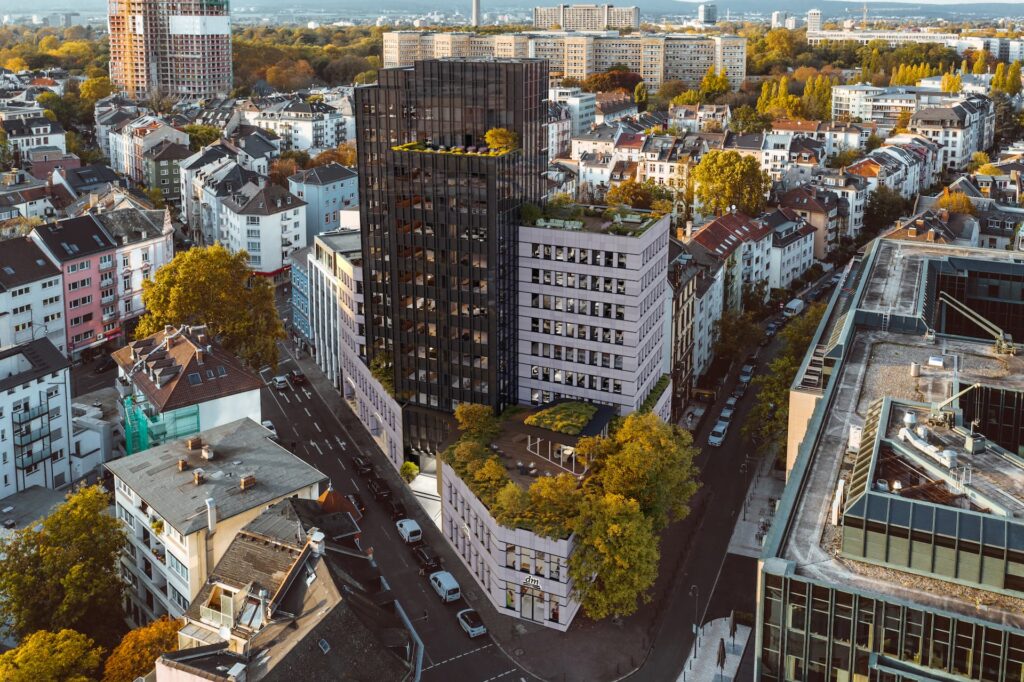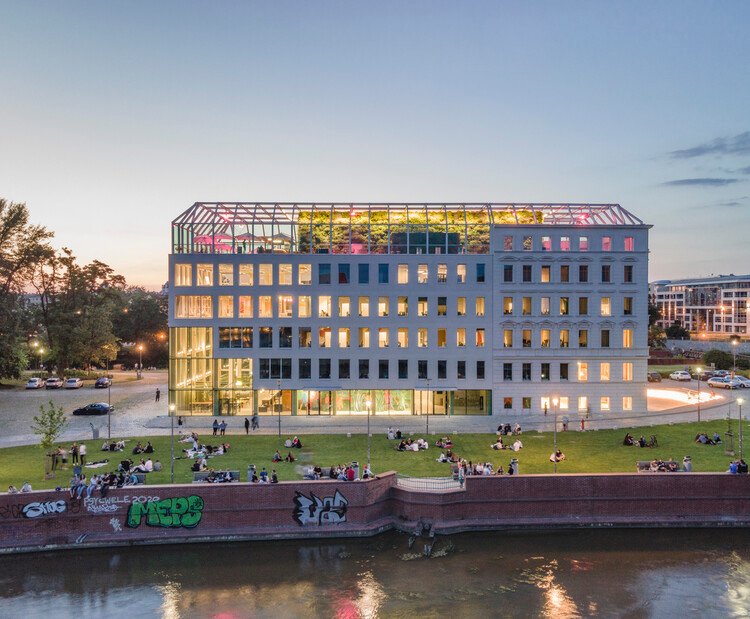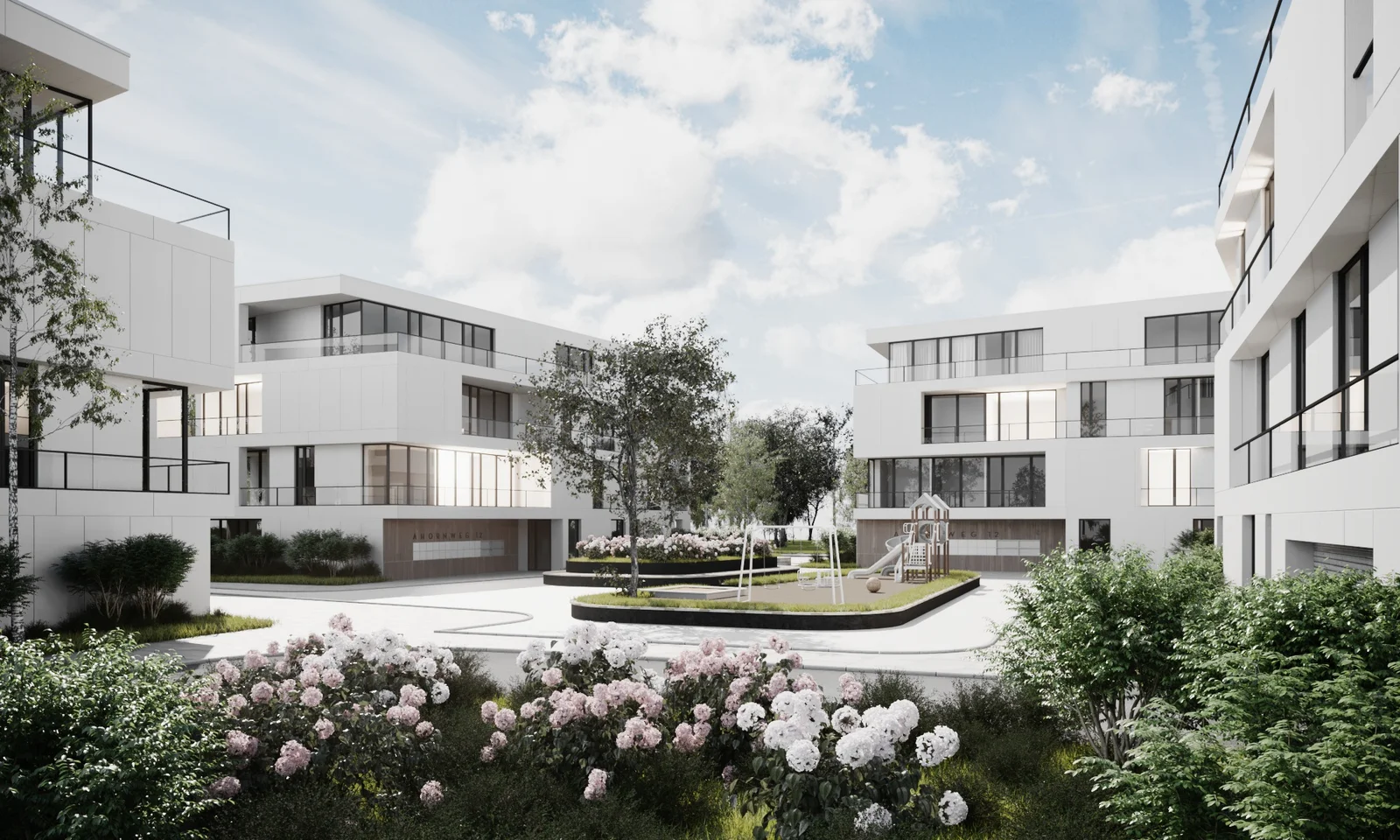Water Simulation Techniques for Resort Visualizations
Water is an essential element in resort visualization. Simulating the realistic interactions of water with its environment is not an easy task, but it can significantly enhance the immersive experience of the viewer. This blog post will dive into the fascinating world of water simulation techniques and how they can be effectively used in resort visualizations.
Understanding the Importance of Water Simulation in Resort Visualizations
Resorts are usually associated with leisure and relaxation, often placed near bodies of water like beaches, lakes or swimming pools. Therefore, visualizing water in a realistic manner can make or break the overall aesthetics of a resort visualization. Let’s explore why water simulation is vital for creating compelling resort visualizations.
The Role of Water in Resort Atmosphere
Water bodies are not just physical elements in a resort. They play a crucial role in creating the atmosphere and mood of the place. The serene image of a calm lake, the playful mood of a bustling poolside or the romantic visuals of a beach at sunset – water can set the tone for these varied experiences in a resort setting.
Water Simulation for Enhanced Realism
Accurate water simulation can significantly enhance the realism of resort visualizations. From the movement of waves to the way light reflects and refracts on the water surface, every detail counts. When done right, water simulation can create stunning visuals that draw viewers into the scene, making them feel as if they are actually there.
Overview of Water Simulation Techniques
There are various techniques to simulate water in 3D visualizations, each with its own set of advantages and challenges. In the next sections, we will explore some of the most popular techniques used in the industry.
Understanding the Importance of Water Simulation Techniques in Resort Visualizations
In any resort visualization, water bodies play a significant role. Whether it’s the infinity pool that merges with the horizon, the serene lake surrounded by cottages, or the inviting hot tubs in spa areas, water is at the center of attraction. Therefore, creating realistic water simulations is crucial to creating immersive, convincing resort visualizations.
The Role of Realism in Water Simulation Techniques
The goal of resort visualizations is to create a virtual environment that is as close to the real world as possible. This allows potential visitors to explore the resort in detail, helping them make informed decisions about where they want to spend their vacation. Water simulation techniques, such as fluid dynamics, refraction, and reflection, play a significant role in achieving this realism. These techniques help create water bodies that not only look realistic but also behave realistically, complete with the ability to ripple, splash, and flow.
The Impact of Lighting on Water Simulations
Lighting is another critical aspect of water simulation. The way light interacts with water can significantly affect the overall look and feel of the resort visualization. For instance, properly simulating the way light refracts and reflects off of water can create stunning visuals such as sparkling pools, shimmering lakes, and glowing hot tubs. This, in turn, can greatly enhance the appeal of the resort to potential visitors.
Popular Water Simulation Techniques for Resort Visualizations
There are several techniques that designers and architects use to create realistic water simulations. Here are some of the most popular ones.
Fluid Dynamics
Fluid dynamics is a technique that involves simulating the physical properties of water, such as how it flows and reacts to forces. This can be used to create realistic waves in pools and lakes, as well as the flow of water in rivers and waterfalls.
Shader Effects
Shader effects are used to create the surface appearance of water. This includes the color of the water, its transparency, and how it reflects and refracts light. Shader effects can be used to create a wide range of water appearances, from crystal clear pools to murky lakes.
Particle Systems
Particle systems are used to simulate small-scale water effects such as splashes, bubbles, and steam. This technique can add a lot of detail and realism to water bodies in resort visualizations, making them appear more lively and dynamic.
Advancements in Water Simulation Techniques for Resort Visualizations
As technology continues to advance, so do the techniques used for water simulation in resort visualizations. Improved algorithms, more powerful hardware, and advanced software tools are allowing designers and architects to create water simulations that are more realistic and immersive than ever before.
Real-Time Water Simulations
One of the most exciting advancements in water simulation is the ability to create real-time simulations. This allows potential visitors to interact with the water bodies in the resort visualization, such as causing ripples in the water by clicking and dragging the mouse.
AI and Machine Learning
Another promising development is the use of artificial intelligence (AI) and machine learning in water simulation. These technologies can help automate and improve various aspects of water simulation, such as predicting how water will flow and react to changes in the environment.
Understanding the Importance of Water Simulation Techniques in Resort Visualizations
In any resort visualization, water bodies play a significant role. Whether it’s the infinity pool that merges with the horizon, the serene lake surrounded by cottages, or the inviting hot tubs in spa areas, water is at the center of attraction. Therefore, creating realistic water simulations is crucial to creating immersive, convincing resort visualizations.
The Role of Realism in Water Simulation Techniques
The goal of resort visualizations is to create a virtual environment that is as close to the real world as possible. This allows potential visitors to explore the resort in detail, helping them make informed decisions about where they want to spend their vacation. Water simulation techniques, such as fluid dynamics, refraction, and reflection, play a significant role in achieving this realism. These techniques help create water bodies that not only look realistic but also behave realistically, complete with the ability to ripple, splash, and flow.
The Impact of Lighting on Water Simulations
Lighting is another critical aspect of water simulation. The way light interacts with water can significantly affect the overall look and feel of the resort visualization. For instance, properly simulating the way light refracts and reflects off of water can create stunning visuals such as sparkling pools, shimmering lakes, and glowing hot tubs. This, in turn, can greatly enhance the appeal of the resort to potential visitors.
Popular Water Simulation Techniques for Resort Visualizations
There are several techniques that designers and architects use to create realistic water simulations. Here are some of the most popular ones.
Fluid Dynamics
Fluid dynamics is a technique that involves simulating the physical properties of water, such as how it flows and reacts to forces. This can be used to create realistic waves in pools and lakes, as well as the flow of water in rivers and waterfalls.
Shader Effects
Shader effects are used to create the surface appearance of water. This includes the color of the water, its transparency, and how it reflects and refracts light. Shader effects can be used to create a wide range of water appearances, from crystal clear pools to murky lakes.
Particle Systems
Particle systems are used to simulate small-scale water effects such as splashes, bubbles, and steam. This technique can add a lot of detail and realism to water bodies in resort visualizations, making them appear more lively and dynamic.
Advancements in Water Simulation Techniques for Resort Visualizations
As technology continues to advance, so do the techniques used for water simulation in resort visualizations. Improved algorithms, more powerful hardware, and advanced software tools are allowing designers and architects to create water simulations that are more realistic and immersive than ever before.
Real-Time Water Simulations
One of the most exciting advancements in water simulation is the ability to create real-time simulations. This allows potential visitors to interact with the water bodies in the resort visualization, such as causing ripples in the water by clicking and dragging the mouse.
AI and Machine Learning
Another promising development is the use of artificial intelligence (AI) and machine learning in water simulation. These technologies can help automate and improve various aspects of water simulation, such as predicting how water will flow and react to changes in the environment.







